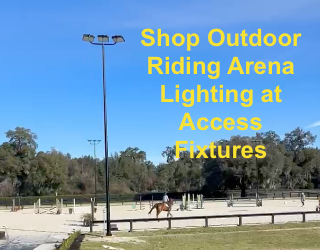Title: Mastering Clicker Training for Horses: Tips and Techniques for Success
Clicker training for horses is based on positive reinforcement. It involves adding something the horse likes (usually food or scratches) after a behavior, making that behavior more likely to occur again.
The desired behavior is marked with a click, also known as a “bridge signal,” which indicates that reinforcement will follow. Timing and correct use of food are crucial for success and to avoid unwanted behaviors.
Lucy Chester, of Lucy Chester Horsemanship, states that all horses can benefit, from days-old foals learning the basics to adults mastering advanced liberty and ridden work.
Setting Horses Up for Clicker Training Success
To ensure effective clicker training, several factors should be considered.
“Making sure the horse has a full stomach before training is important,” Lucy advises. “I always make sure that mine has had a haynet and a bit of hard feed.”
Using appropriate reinforcement is also essential. Lucy recommends low-value treats like Thunderbrook’s HayCobs or Simple Systems’ HayCare. “You want something that doesn’t smell strongly, as horses have a good sense of smell and will try to find it, which can lead to undesirable behaviors like ‘mugging.’”
The time of day is another key factor. “If your horse is desperate to go out in the field, it might not be the best time to train,” she notes. “I made the mistake once of trying to train my horse during his nap time.”
The working environment matters too. “If someone has just started trimming the hedge by the arena, it’s probably not an ideal time to start,” Lucy cautions. “It’s much better to try to do it when it’s quiet, so you can focus 100% on the horse.”
How to Learn the Correct Techniques
Don’t expect to master clicker training immediately. Lucy emphasizes that it’s important to start with a professional to guide you. “Timing of clicking and rewarding is key, and all these things will impact the success of training.”
Food is highly motivating to horses, and once you’ve established a solid foundation, everything else becomes easier.
How to Avoid Mistakes in Clicker Training for Horses
Lucy outlines how to use treats correctly. “People think horses can get pushy because of the food, but it all comes down to timing,” she explains. “If the horse comes to sniff your pocket and you give them a treat, you’re reinforcing that behavior.”
Using a bowl of chaff or something with a longer chew time can help. “You put food in the bowl. They eat it. You click and then you put more food in the bowl before they finish eating,” she explains.
Even when done correctly, some horses can still be snatchy. “If a horse is in pain, their ‘stress jar’ is fairly full, so it doesn’t take much to tip them over.”
Changing Times for Horse Training
Lucy has noticed a shift in attitudes towards horse behavior but believes there is still progress to be made. “I think things are changing, but I saw someone post about a horse showing extreme discomfort; probably 60% of people said pain, but 40% said, ‘You need a better trainer.’”
Lucy cites research to support positive reinforcement training. “If people are skeptical, there are numerous studies backing up its effectiveness.”
“Many trainers like me prove it works for all horses, from two-week-old foals to stallions,” she concludes.
Are you keen to try clicker training for horses? Keep an eye out for Lucy’s starter exercises, which will be published next week.







